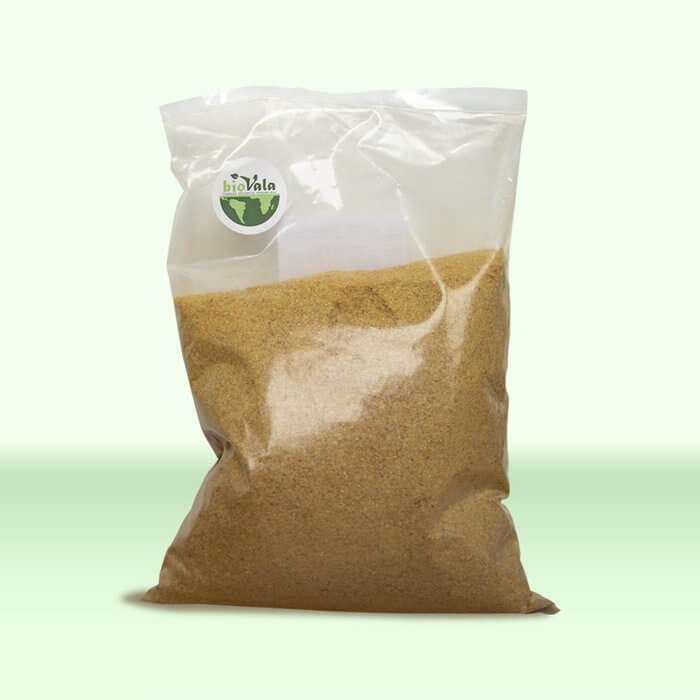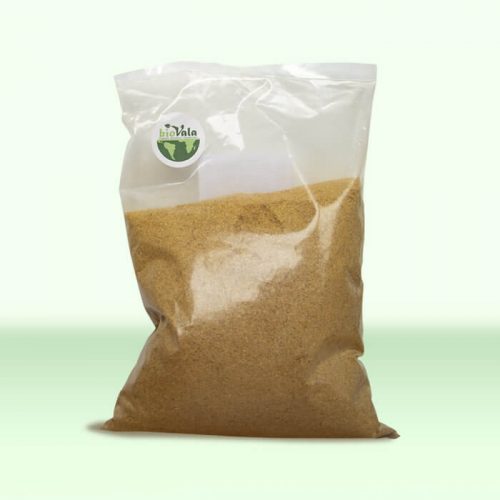Description
The effluent from plant processing industries contains large quantities of organic materials such as starch, cellulose, hemicellulose, sugars, protein, etc. In many instances plant processing is operated on a seasonal basis dependent on the harvesting of the crops.
Industries which are associated with plant processing include:
- Vegetable canning/freezing
- Fruit canning/juice extraction
- Wine production
- Sugar production
- Brewing
- Fermentation
While the degradation of residual sugars and protein are relatively easy, the degradation of starches, cellulose and hemicellulose are more difficult. This can result in poor effluent quality.
Situations in which the use of „BVL 5200“ is beneficial include:
- Plant start up
- Poor settlement
- Overloaded plants
- Re-seeding
- Poor final effluent quality
- Shock recovery
- Bulking sludge
„Biovala“ harnesses the power of environmental biotechnology to solve the problems by degrading the starch, proteins, sugars, cellulose and hemicellulose in a highly efficient way. „BVL 5200“ uses only harmless, natural micro-organisms that control the problem by degrading the organic matter to CO 2 and H 2 O in a highly effective and environmentally acceptable way.
What is BVL 5200?
„BVL 5200“ consists of a carefully selected blend of natural micro-organisms that have the ability to efficiently degrade starch, proteins, sugars, cellulose, hemicellulose and other organic materials in the effluents from these plant processing industries. The wide range of strains have been specially chosen for their ability to produce the broad range of enzymes required to completely degrade the organic matter. These strains grow at a fast rate so that they can quickly establish dominance in the biomass, which is the heart of the wastewater treatment system. The product contains strains which have the ability to produce good floc structure which will settle well and produce a clear final effluent. The strains in the product work in harmony with the existing biomass and increase its overall efficiency so that plant performance is restored as quickly as possible. The product blend contains facultative strains, which can work effectively in lagoon systems where oxygen is limited.
The types of systems in which BVL 5200 can be used include:
- Activated sludge
- Biotowers
- Aerated lagoons
- Oxidation ditches
The microbial strains are produced as single pure cultures, harvested, stabilised on a cereal base and blended together to produce the final product. Extensive checks are conducted throughout the process to ensure purity and quality of the product.


